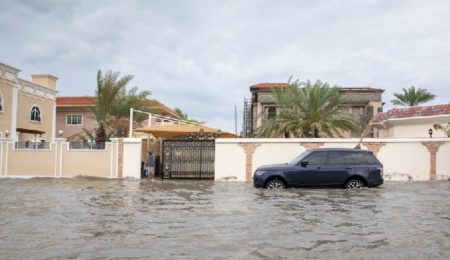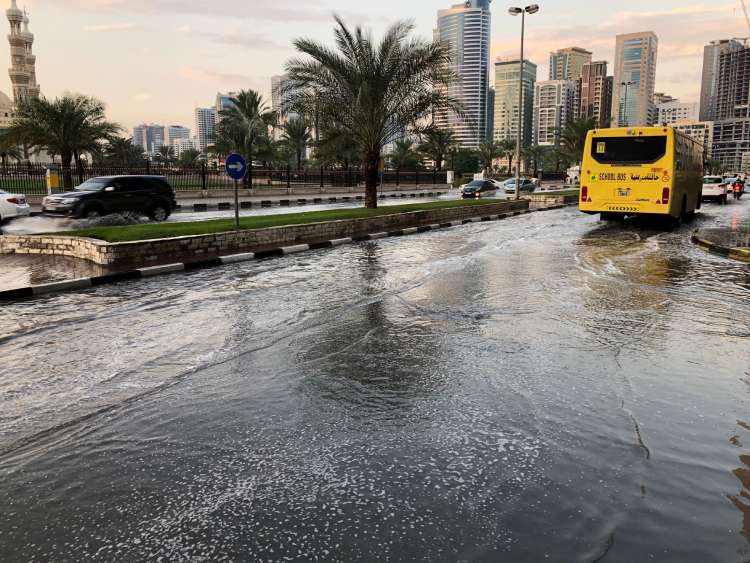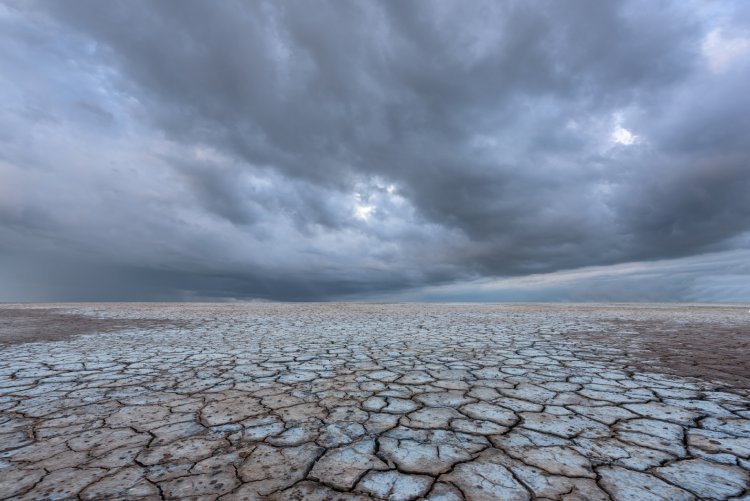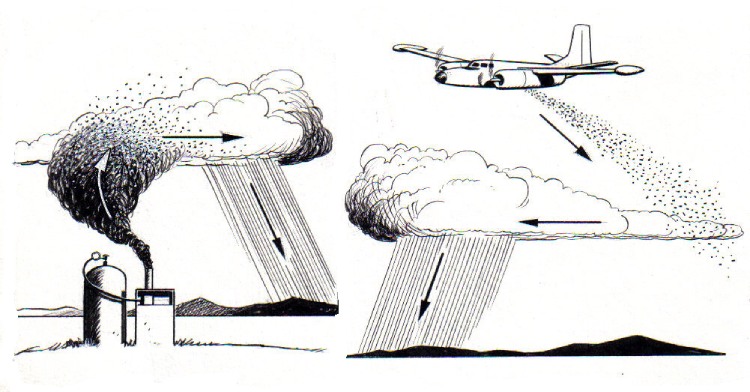How Is Dubai Creating Artificial Rain?

The population of Dubai has increased from less than a million in 2002 to more than 3.5 million in 2022. With the exponential increase in the city’s population, providing sufficient resources to all its inhabitants is a big challenge. While the city has undergone a spectacular transformation in the past few decades, it still contends with the typical desert weather conditions, i.e., hot and arid. However, technological advancements have allowed Dubai to control the very weather! With the power of cloud seeding, they can now generate rainstorms at will to augment the water sources. Let’s understand how countries like the UAE are learning to manipulate the weather by first understanding the concept of cloud seeding.
Table of Contents
So, What Is Cloud Seeding, and How Does it Work?
Cloud seeding is the practice of adding chemical compounds to clouds to generate rain. Silver iodide particles dispersed via planes or drones act as condensation nuclei or ice nuclei and induce rain. Vincent J. Schaefer, American chemist and meteorologist, conducted the very first cloud-seeding experiment in 1946.

The chemical particles are spread into supercooled clouds that are below the freezing point of water. These chemical particles function as nuclei, a surface around which water droplets can form. As more water droplets condense around this surface, they begin to form ice crystals. These minute crystals begin to grow quickly as the surrounding water vapor latches onto the crystals, producing snowflakes. After achieving a certain weight, the snowflakes descend as rain from the clouds that would otherwise not produce any rain.
Why Is the UAE Investing So Heavily in this Technology?

Along with its significant advancements as a country, the population of the UAE has ballooned astronomically. From a mere 100,000 people in 1960, the tiny country is now home to nearly 10 million people! Consequently, the demand for water has also soared across the country.
A study found that UAE residents consume an average of 132 gallons (500 liters) of water per person per day. This is much higher compared to the United Kingdom (334 liters per day), Asia (95 liters per day), and Africa (47 liters per day).
Desalination plants currently fulfill Dubai’s water demands. However, each of these facilities costs $1 billion or more to build and requires a great amount of energy to operate. Experts believe that cloud seeding can be a far more economical alternative.
Nine rain enhancement projects have received over $15 million in investments to improve Dubai’s meager four inches of natural annual rainfall. The Emirati Weather Center is using drones to target clouds with electrical discharges via concentrated lasers to pool water droplets in the air and trigger rainfall. With the ability to now zap the rain out of the air, the UAE is leading the charge for cloud seeding technology that could be leveraged by other countries.
Did You Know It’s not just Desert Counties Adopting this Technology?

Cloud seeding is possible anywhere; all it requires is the right training and equipment. Researchers in the United States have been considering using this technology to improve the water reserves in the Western region.
Similarly, Indian scientists have proposed implementing this practice in Delhi to improve air quality. China’s seeding program is the most ambitious so far. It aims to help increase the water level of the Yangtze River, which is running dry in certain spots.
Cloud seeding, especially the traditional particle method, has its risks. The byproducts used in the procedure would seep into the crops and drinking water and come into contact with the skin. There is also the fear of these compounds lingering in the atmosphere and proving to become carcinogenic for humans. Only time will tell how effective and safe cloud seeding truly is, but for the time being, the UAE is forging ahead with this innovation to ensure they never run out of water!
























